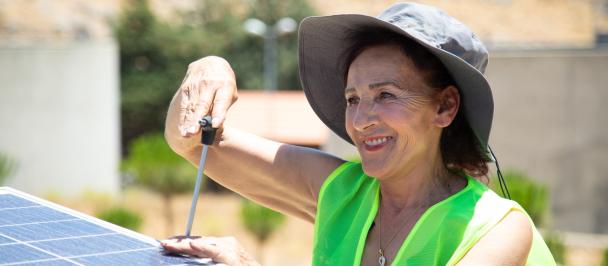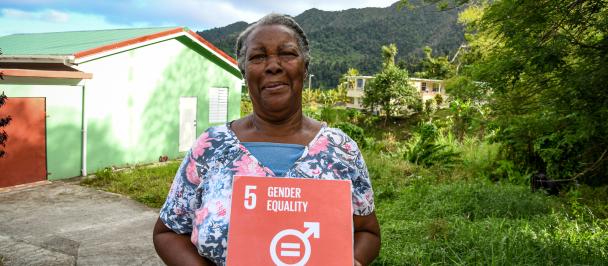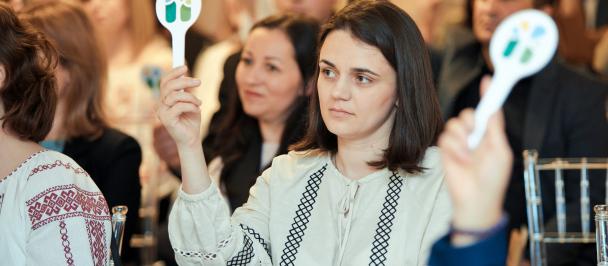"Innovative practices for the financial inclusion and economic empowerment of women, especially Rural Women: lessons from the South”
Economic Empowerment of Women
March 13, 2018
As prepared for delivery.
Financial inclusion is key to achieving the 2030 agenda and for leaving no one behind. It can give people economic security and also positively impact health, education, poverty, hunger, inequality, jobs and growth. The SDGs recognize this and capture financial inclusion as a key element in 7 of the SDGs including SDG 5 on gender equality. Importantly, the wording of various SDG targets recognizes the need to have women and men benefitting equally from access to financial services.
Advances in digital and mobile technologies have expanded financial inclusion. In the last decade 2 billion more people have gained access to finance. Mobile banking and biometric identification, for example, now allow many to manage their money, save, make payments, even possibly invest. From the South we have excellent examples such as m-pesa in Kenya, which offers mobile banking services to 30 million people or the Aadhaar identification system in India which enables women to have and manage bank accounts.
Women have benefitted from this progress, but a gender gap persists. Today 58% of women have a bank account compared to 65% of men. This means that 1.1 billion women remain unbanked. These inequalities persist despite evidence that women are good money managers. In Latin America, for example, women-led SMEs default on payments 54% less often than men's and although they invest 50% less than male entrepreneurs, they tend to make 20% more in revenue.
Disparities endure because women face specific structural limitations in access to finance going from lack of property rights or identity documents to lack of access to business networks. Restrictive gender norms and expectations may limit women’s ability to go out in public or engage in business transactions. The disproportionate burden of unpaid care that women bear limits the time and energy they can invest in obtaining the skills that prepare them to access financial services.
Clearly more needs to be done. For one, it is important to move women from micro-finance to Finance with a capital F. For that we need to better understand how women use financial services so there can be financial products that make sense for them ranging from credit, to savings, investment, insurance, and payment services. This is necessary to help women grow their businesses and increase their impact on employment, wealth creation and skills development, for example.
Furthermore, in the era of crowdfunding, blockchain, bitcoin, and startups we also need to think outside the box and invest not only in financial literacy for women, but also in digital literacy, math and science to allow them to use these technologies to manage their money and grow their businesses.
Promoting women’s leadership in private and public financial institutions is also important to increase awareness of women as effective business people. It can also create a cadre of women mentors and role models.
In UNDP, we work with sister agencies, building on our collective and comparative strengths to enable financial inclusion. For example, UNDP is currently collaborating with UNCDF and UN Women to, among other things, unlock domestic financing for local level women-owned and gender-responsive SMEs.
The potential is immense. Women today own only 30% of formal SMEs and, of those, 70% do not have access to the capital they need to grow. There is an annual credit deficit of almost $300 billion. Everyone stands to win in such a scenario.
We know gender equality is central to achieving the 2030 agenda, that it is an accelerator for inclusive growth and a catalyst for a safer and more prosperous world. Financial inclusion is a key component for achieving this.

 Locations
Locations




